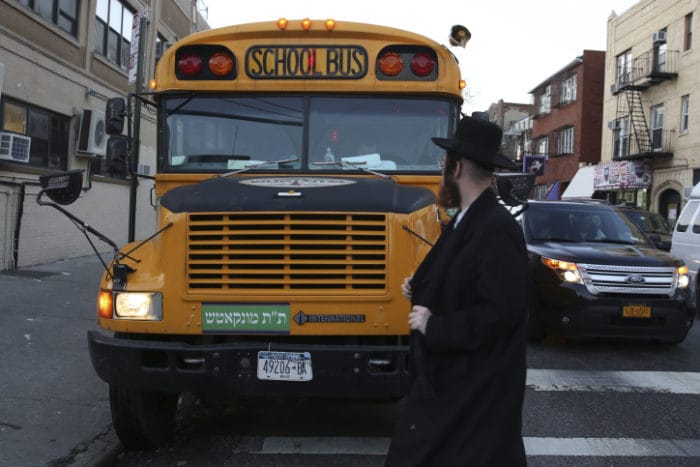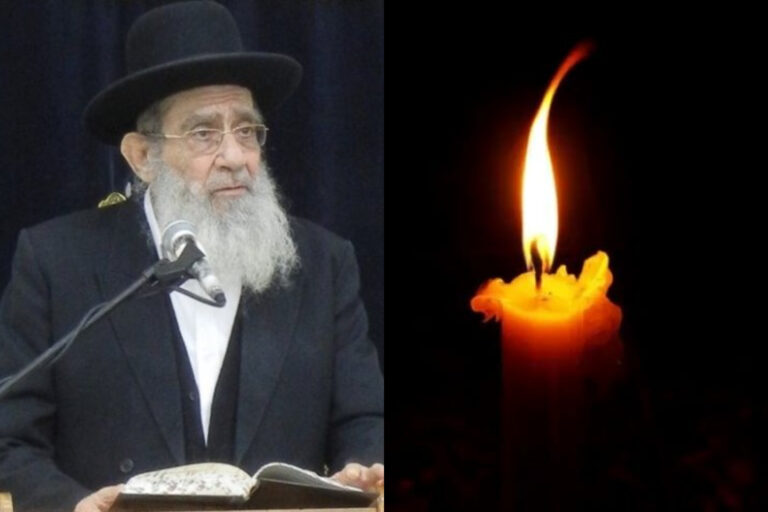 Japan’s nuclear and industrial safety agency on Friday raised the level for the crisis at the Fukushima Daiichi nuclear plant from a 4 to 5 — putting it on par with the 1979 incident at Pennsylvania’s Three Mile Island.
Japan’s nuclear and industrial safety agency on Friday raised the level for the crisis at the Fukushima Daiichi nuclear plant from a 4 to 5 — putting it on par with the 1979 incident at Pennsylvania’s Three Mile Island.
According to the International Nuclear Events Scale, a level 5 equates to the likelihood of a release of radioactive material, several deaths from radiation and severe damage to a reactor core.
Chernobyl, for example, rated a 7 on the scale, while Japan’s other nuclear crisis — a 1999 accident at Tokaimura in which workers died after being exposed to radiation — was a 4.
This development came as Japanese authorities came under fire Friday from within and abroad over the lack of timely information on the unfolding nuclear situation as they battled for a second week to contain the crisis.
People near the embattled Fukushima Daiichi nuclear plant are increasingly frustrated, not just with the prolonged fight to curb radioactive emissions, but also the lack of immediate information from authorities, a local government official said.
“Evacuees, and that can be said of myself as well, are feeling anxious since we are not getting the needed information from the government in a timely manner,” said Seiji Sato, a spokesman for the government of Tamura City, about 20 kilometers from the nuclear facility.
The head of the U.N. atomic agency, Yukiya Amano, pressed the Japanese prime minister to open up lines of communication about the crisis during a meeting in Tokyo.
Prime Minister Naoto Kan vowed to do as much, according to Japan’s Kyodo News, saying he’d push to make more information available to the international community and release more detailed data about the nuclear situation.
“The Japanese government and IAEA (International Atomic Energy Agency) should work doubly hard to pacify the great angst among the international community over this issue,” Amano told reporters.
The comments came as the effort to prevent further crisis at the Fukushima Daiichi plant entered its second week Friday.
Friday afternoon’s mission was the fourth, by air and ground, to douse the fuel pool of the facility’s No. 3 reactor over two days. It comes after primary and then back-up generators that powered this and other reactors’ cooling systems had failed.
The aim is to cool down the reactor’s spent fuel pool. Experts believe that vapors rising from that pool, which has at least partially exposed fuel rods, may be releasing radiation into the atmosphere.
It has not been determined how effective the first four missions to douse the reactor’s pools from the ground and the air have been, said Chief Cabinet Secretary Yukio Edano.










